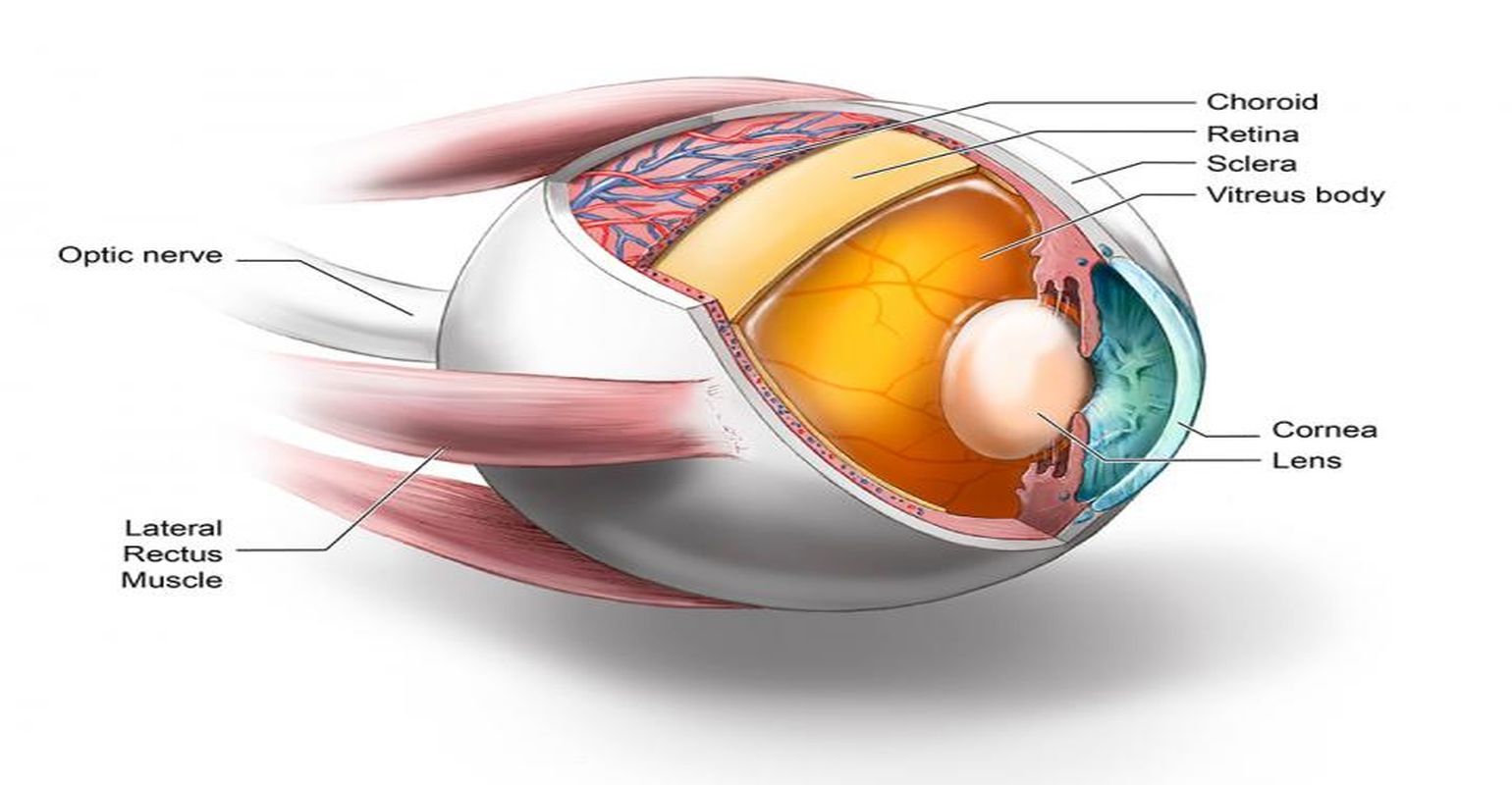Eyes of CJD Patients Show Evidence of Prions

National Institutes of Health scientists and their colleagues have found evidence of the infectious agent of sporadic Creutzfeldt-Jakob disease (CJD) in the eyes of deceased CJD patients. The finding suggests that the eye may be a source for early CJD diagnosis and raises questions about the safety of routine eye exams and corneal transplants. Sporadic CJD, a fatal neurodegenerative prion disease of humans, is untreatable and difficult to diagnose.
Prion diseases originate when normally harmless prion protein molecules become abnormal and gather in clusters and filaments in the body and brain. Scientists hope that early diagnosis of prion and related diseases--such as Alzheimer's, Parkinson's and dementia with Lewy bodies--could lead to effective treatments that slow or prevent these diseases. Scientists from NIH's National Institute of Allergy and Infectious Diseases (NIAID) collaborated on the research with colleagues from the University of California at San Diego and UC-San Francisco.
About 40 percent of sporadic CJD patients develop eye problems that could lead to an eye exam, meaning the potential exists for the contamination of eye exam equipment designed for repeat use. Further, cadaveric corneal transplants from undiagnosed CJD patients have led to two probable and three possible cases of disease transmission, the researchers say.
Previous studies have shown that the eyes of CJD patients contain infectious prions, though the distribution of prions among the various components of the eye was not known. To address this question, the scientists recruited 11 CJD patients who agreed to donate their eyes upon death. The researchers found evidence of prion infection throughout the eyes of all 11 deceased patients using real time quaking-induced conversion (RT-QuIC), a highly sensitive test NIAID scientists developed that detects prion seeding activity in a sample as evidence of infection.
The RT-QuIC test is used in clinical settings to diagnose sporadic CJD in people. The researchers will continue their work to evaluate accessible eye components or fluids as feasible diagnostic testing sources. They also plan to use other RT-QuIC tests to evaluate the eyes of patients with Alzheimer's, Parkinson's and dementia with Lewy bodies to determine whether infectious proteins from those disease processes are present.
Reference: C Orru et al. Prion seeds distribute throughout the eyes of sporadic Creutzfeldt-Jakob disease patients. mBio DOI: 10.1128/mBio.02095-18 (2018).
Source: National Institutes of Health (NIH)
Genomic Surveillance A New Frontier in Health Care Outbreak Detection
November 27th 2024According to new research, genomic surveillance is transforming health care-associated infection detection by identifying outbreaks earlier, enabling faster interventions, improving patient outcomes, and reducing costs.
Point-of-Care Engagement in Long-Term Care Decreasing Infections
November 26th 2024Get Well’s digital patient engagement platform decreases hospital-acquired infection rates by 31%, improves patient education, and fosters involvement in personalized care plans through real-time interaction tools.
Comprehensive Strategies in Wound Care: Insights From Madhavi Ponnapalli, MD
November 22nd 2024Madhavi Ponnapalli, MD, discusses effective wound care strategies, including debridement techniques, offloading modalities, appropriate dressing selection, compression therapy, and nutritional needs for optimal healing outcomes.
The Leapfrog Group and the Positive Effect on Hospital Hand Hygiene
November 21st 2024The Leapfrog Group enhances hospital safety by publicizing hand hygiene performance, improving patient safety outcomes, and significantly reducing health care-associated infections through transparent standards and monitoring initiatives.